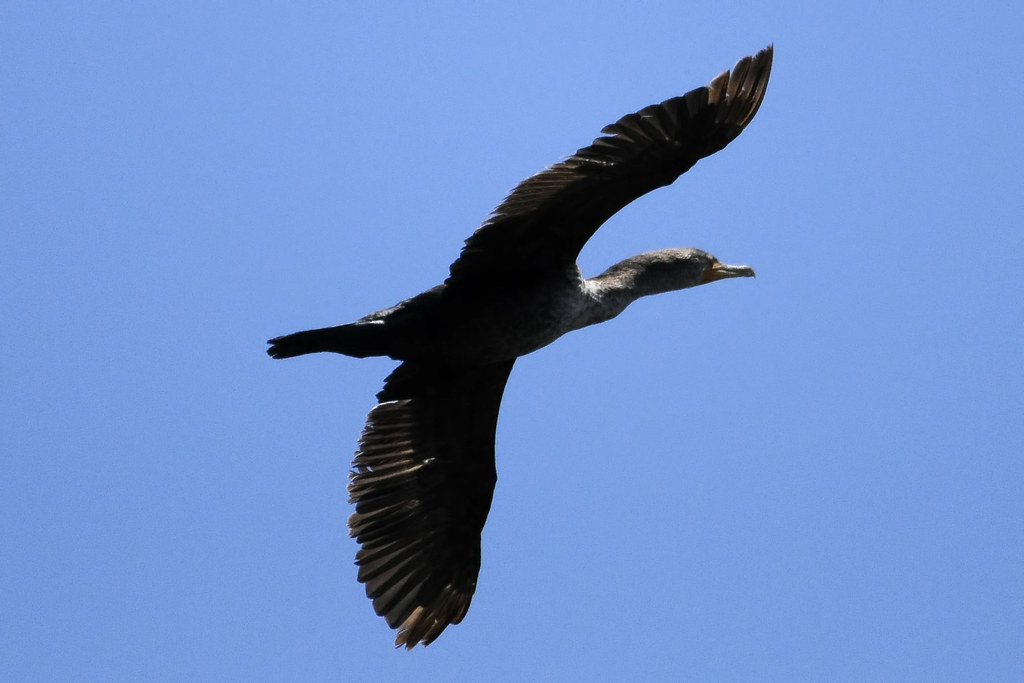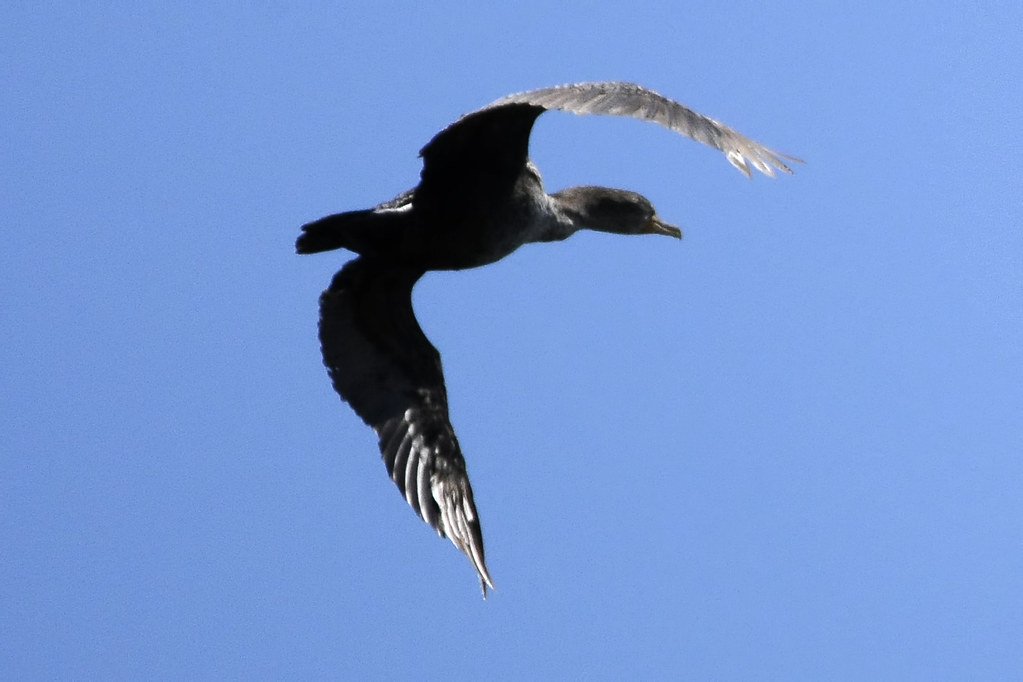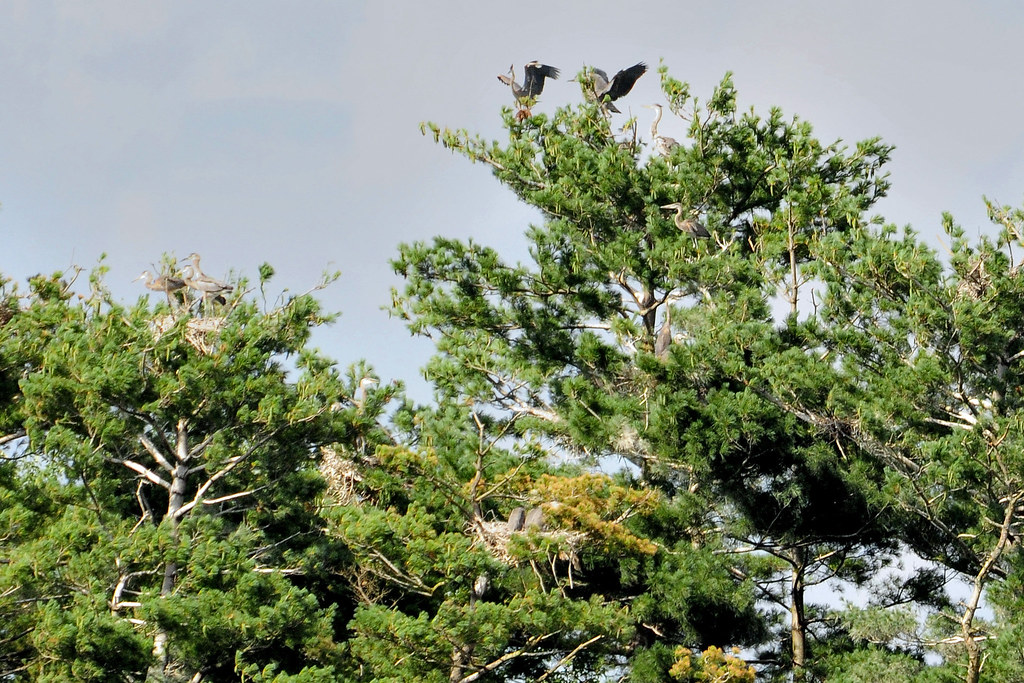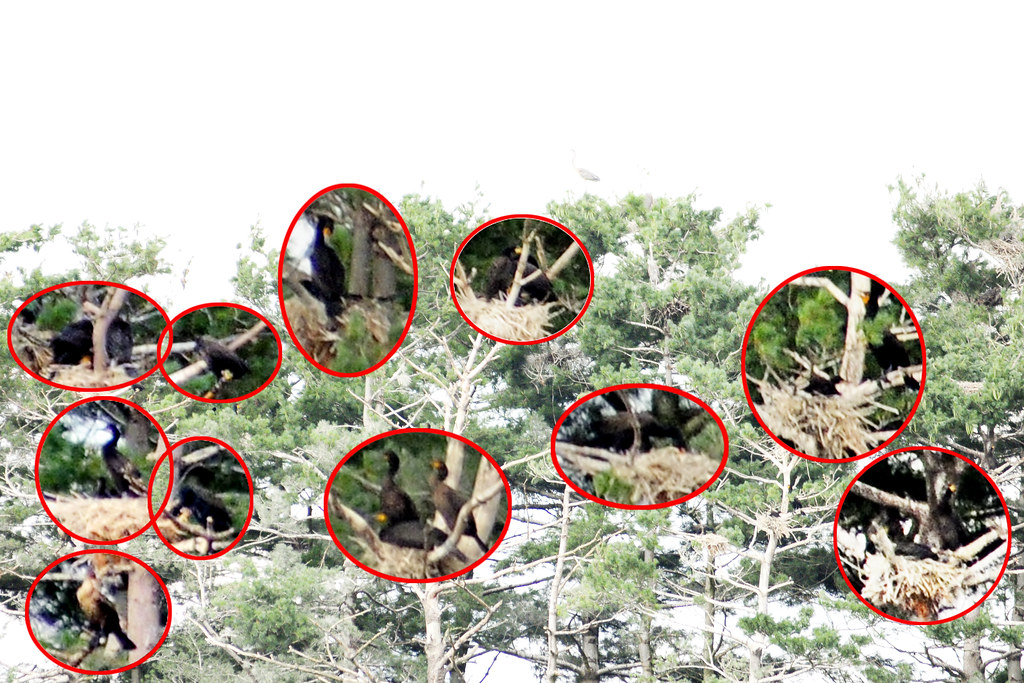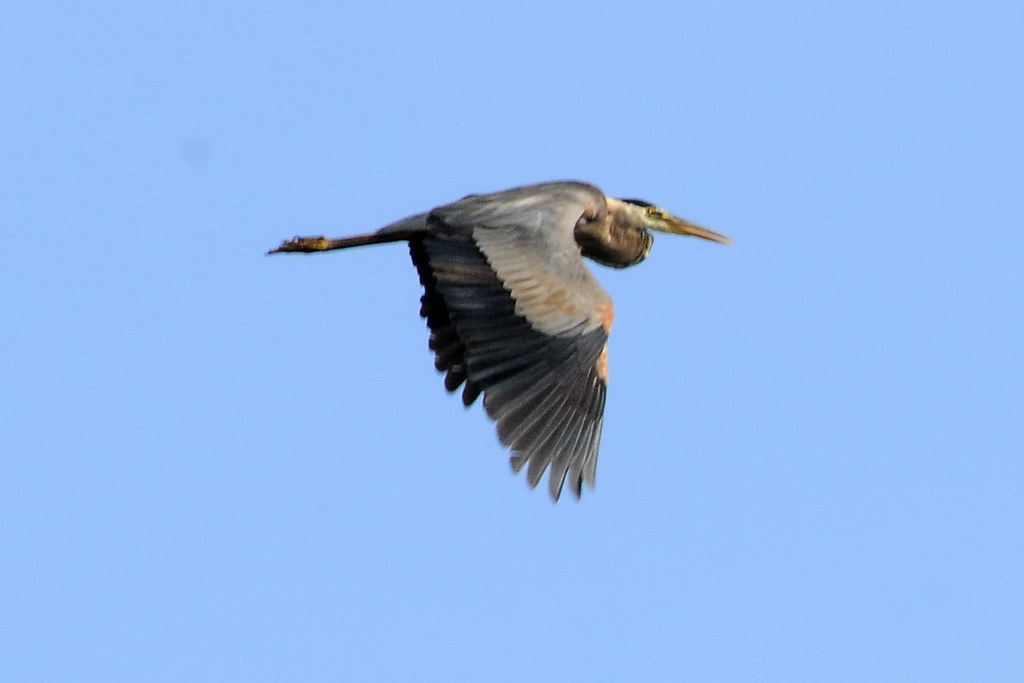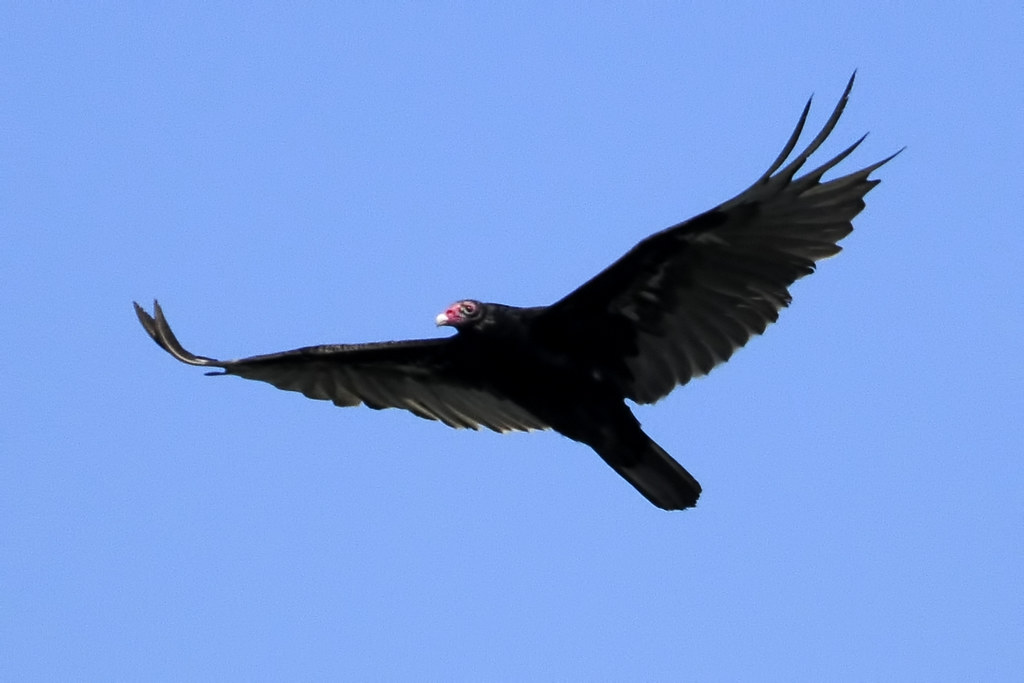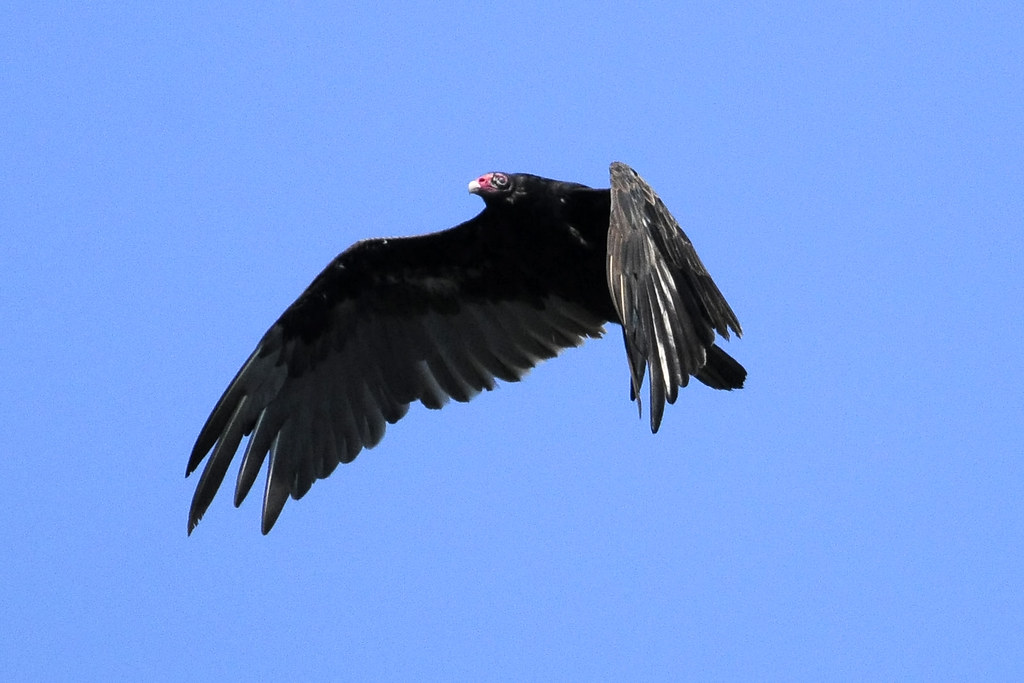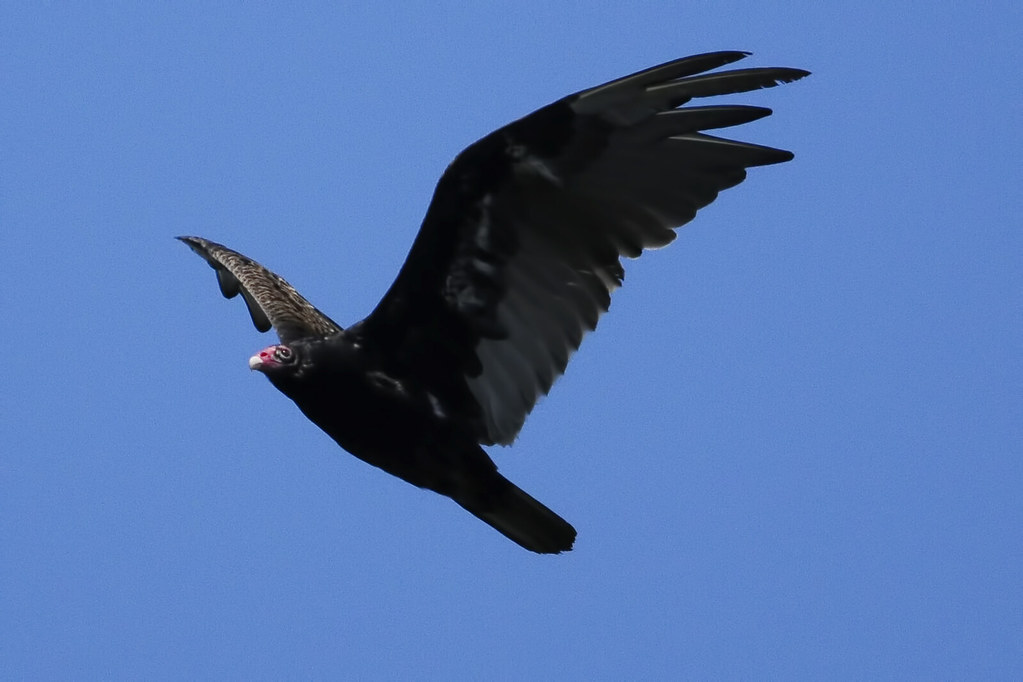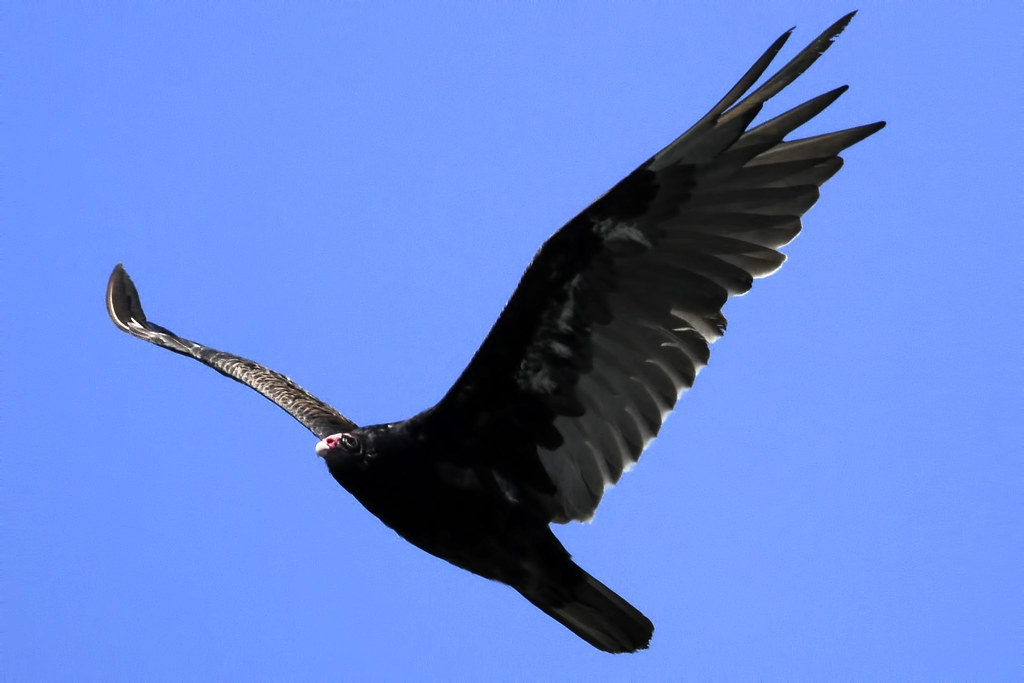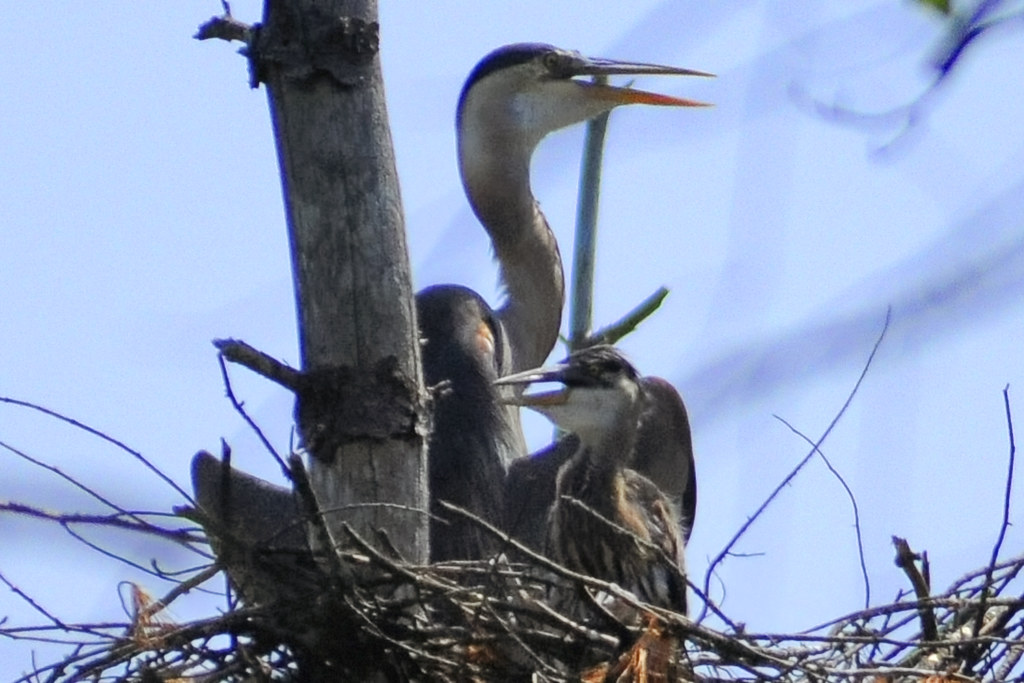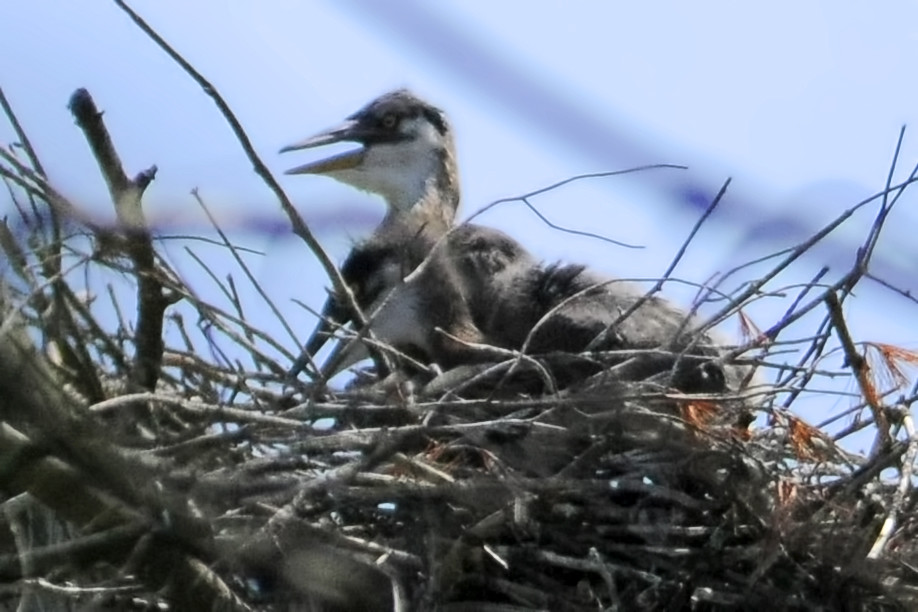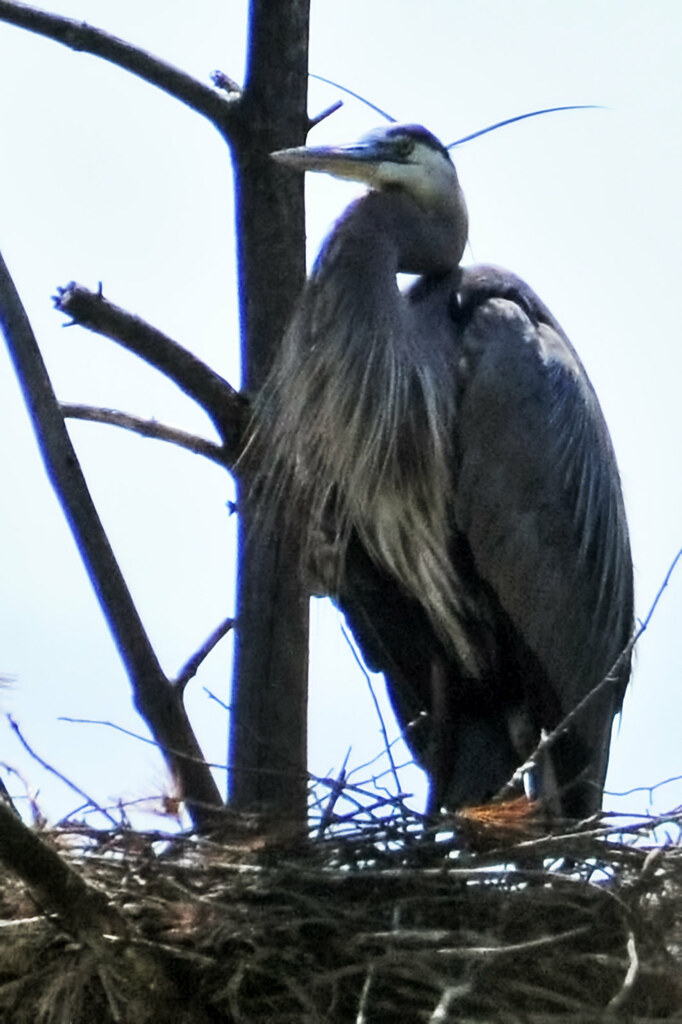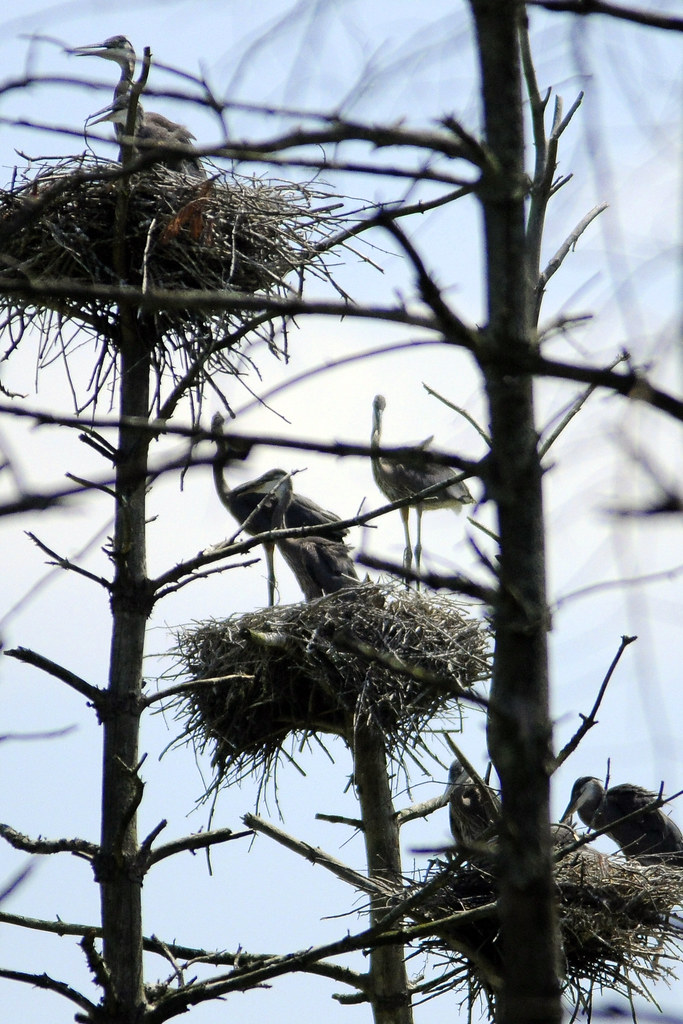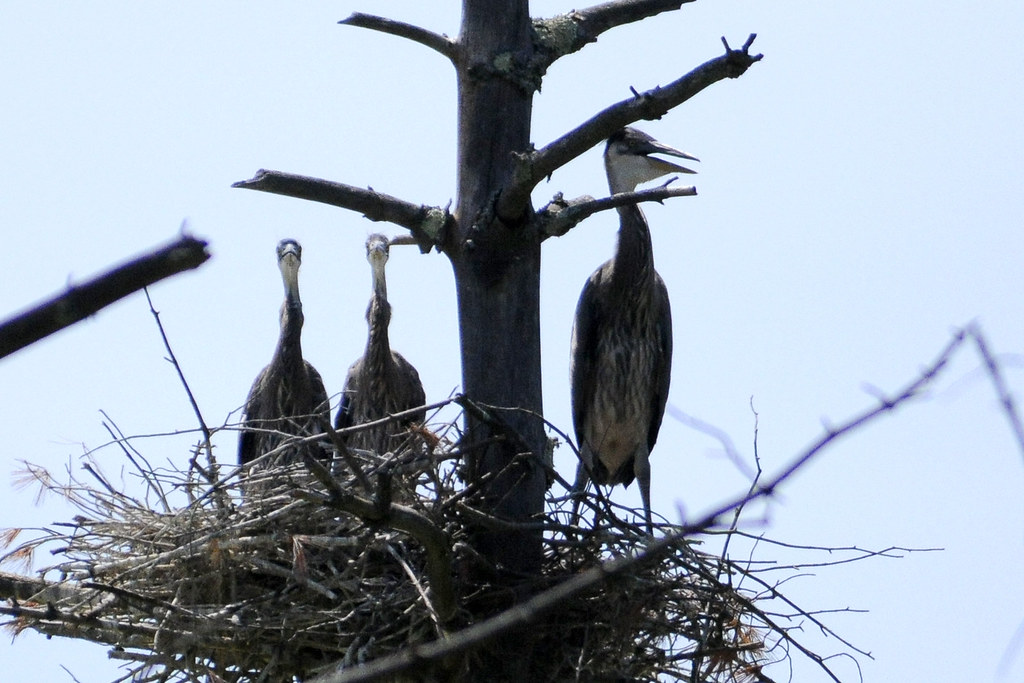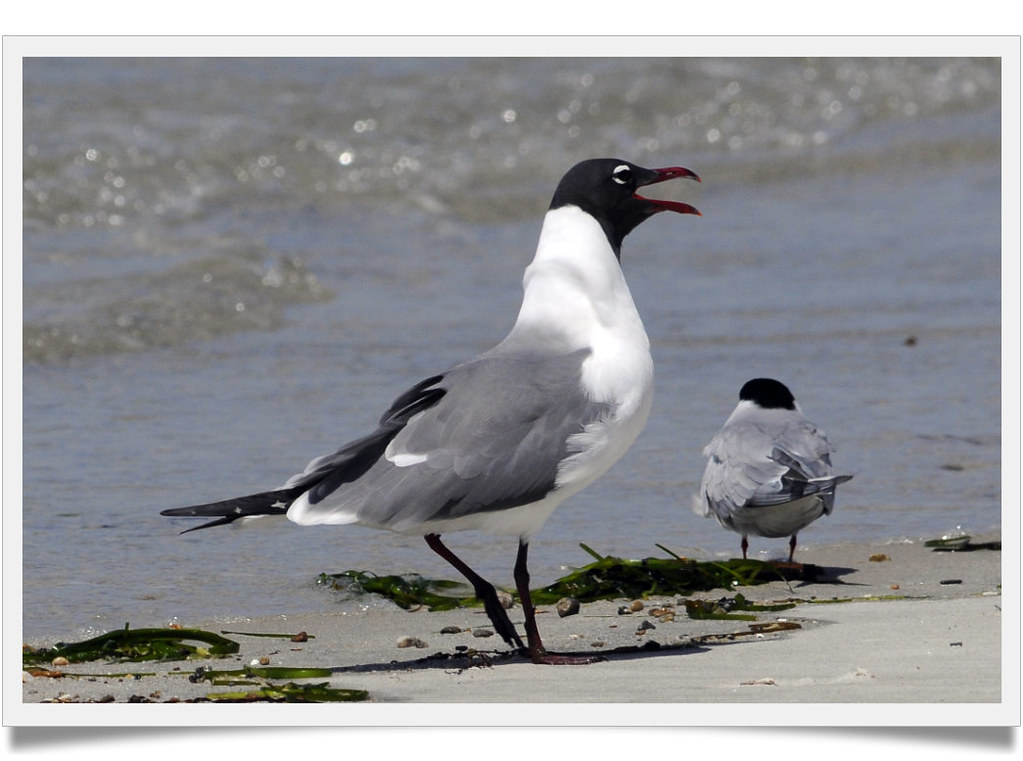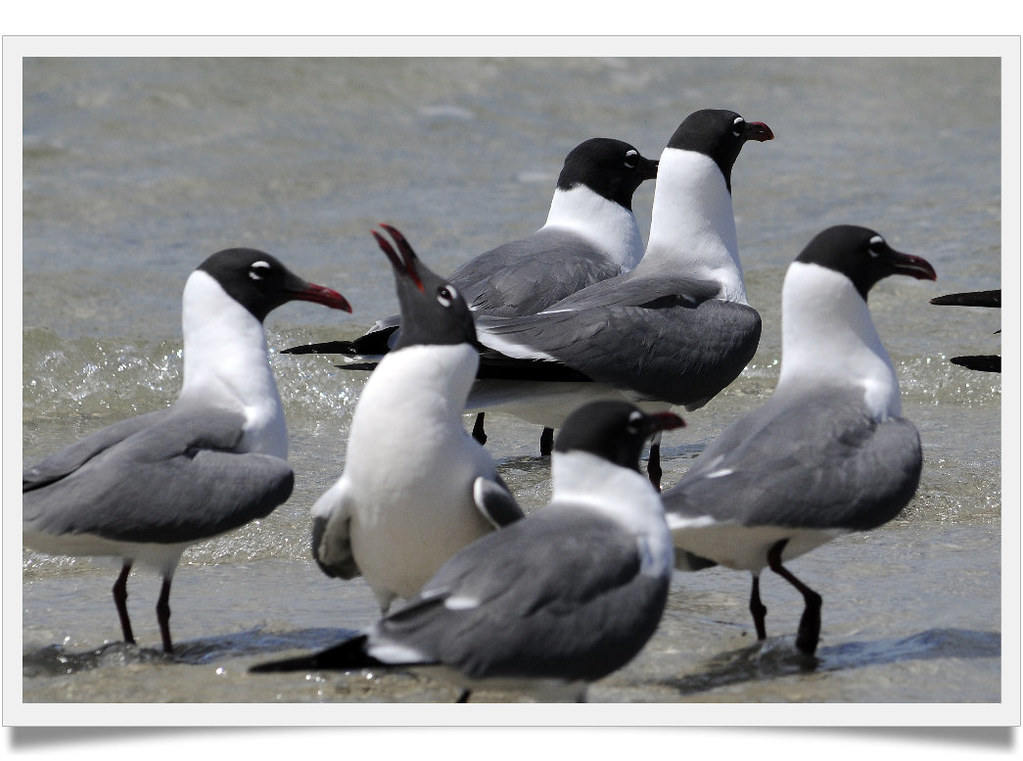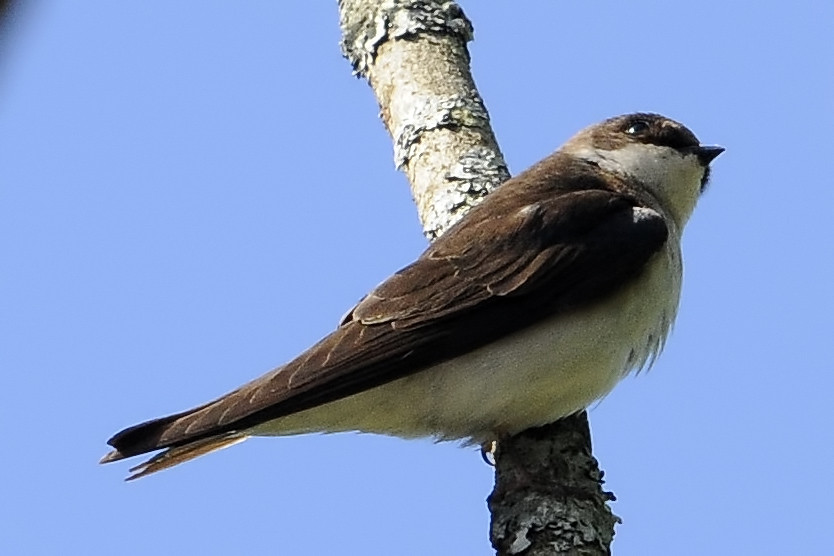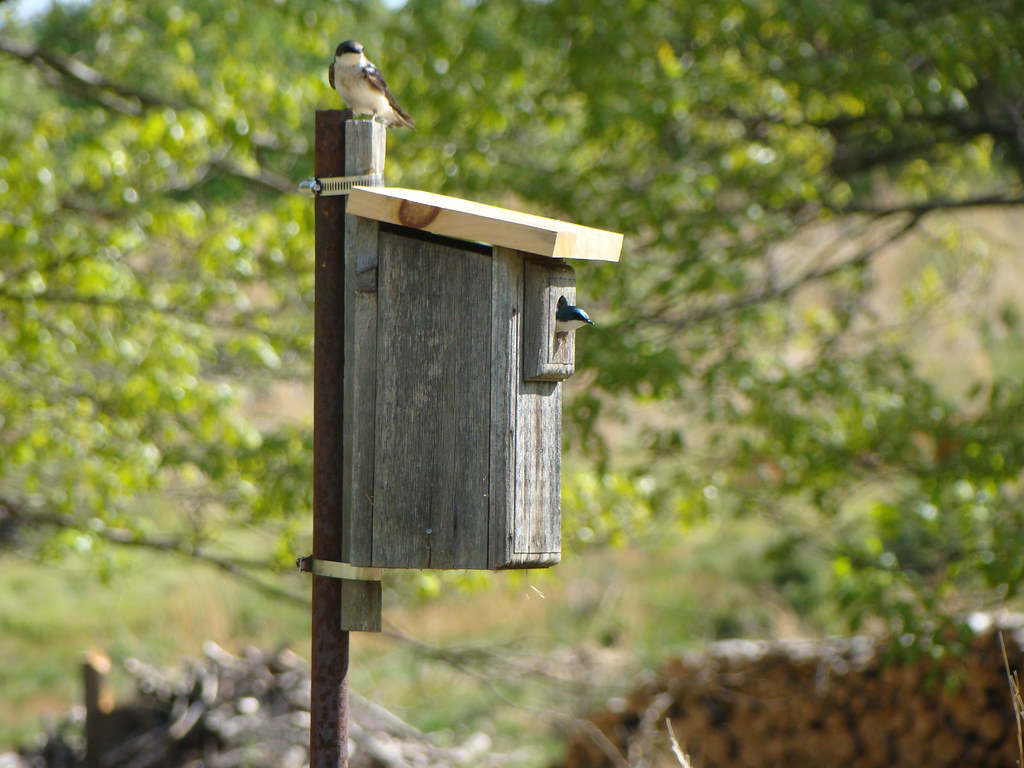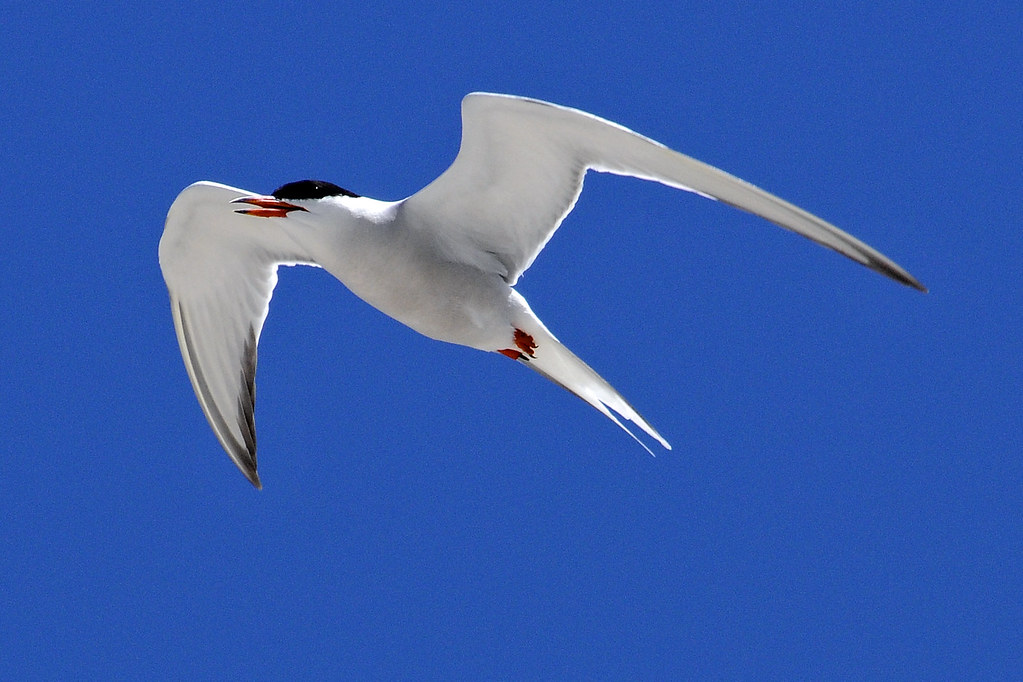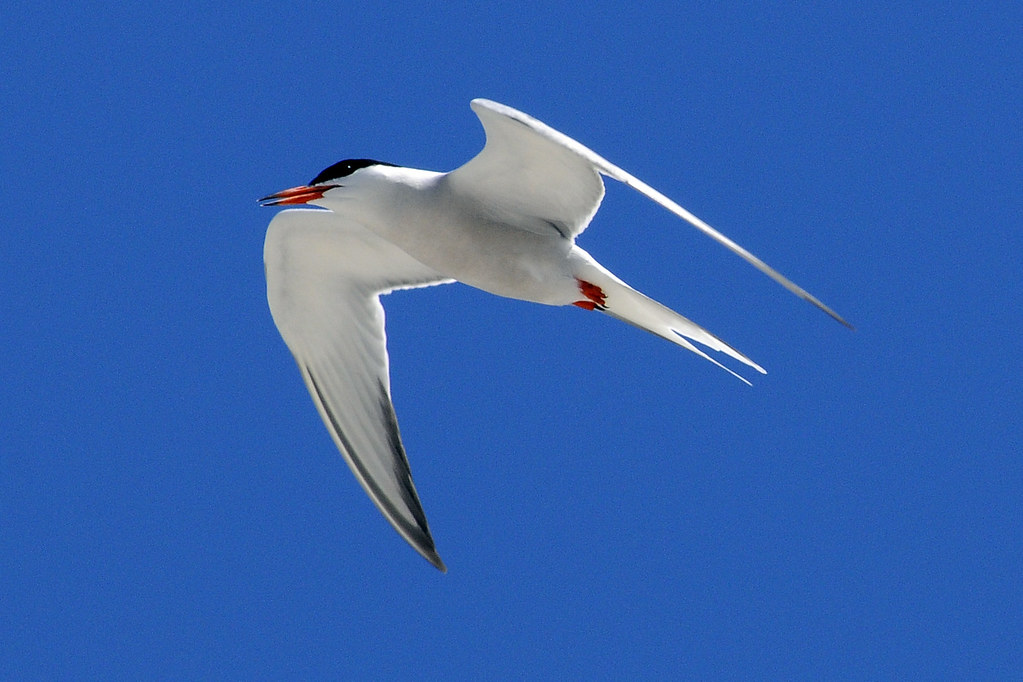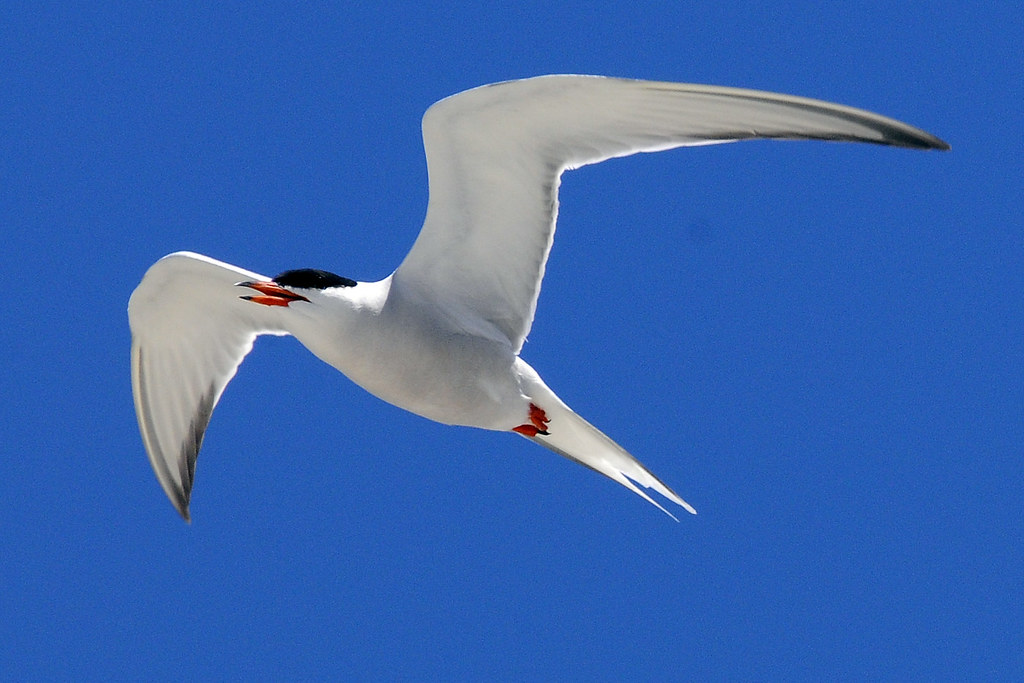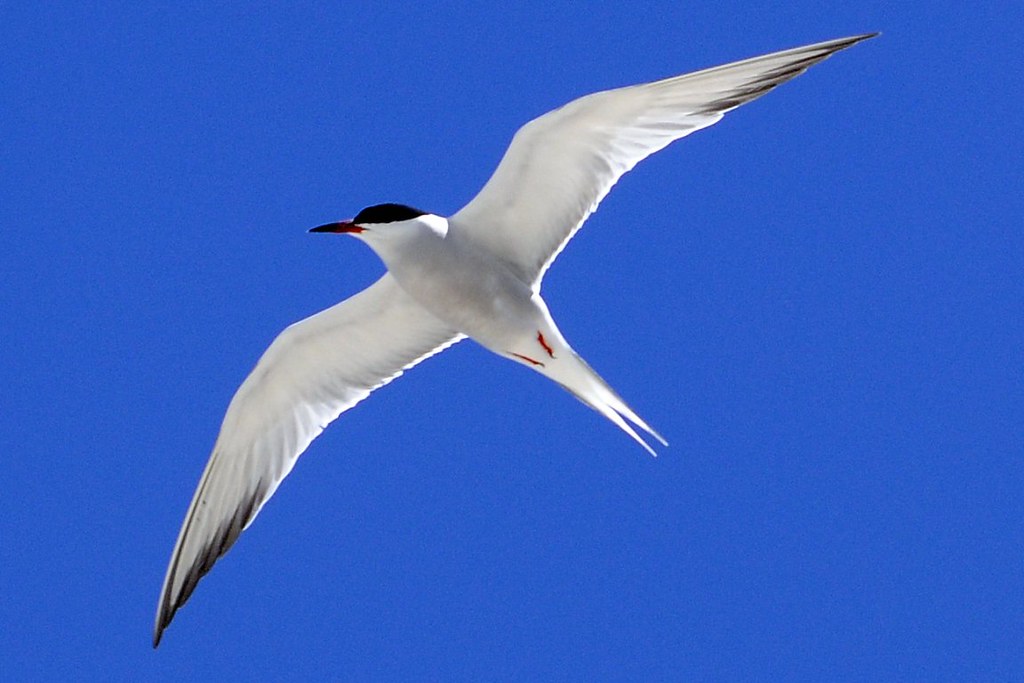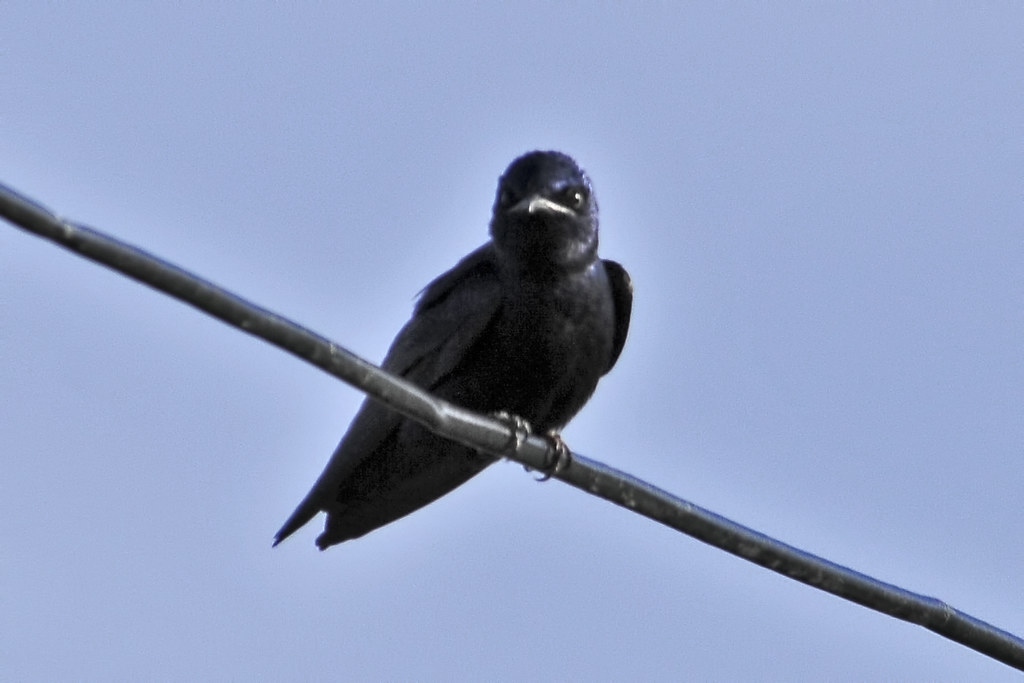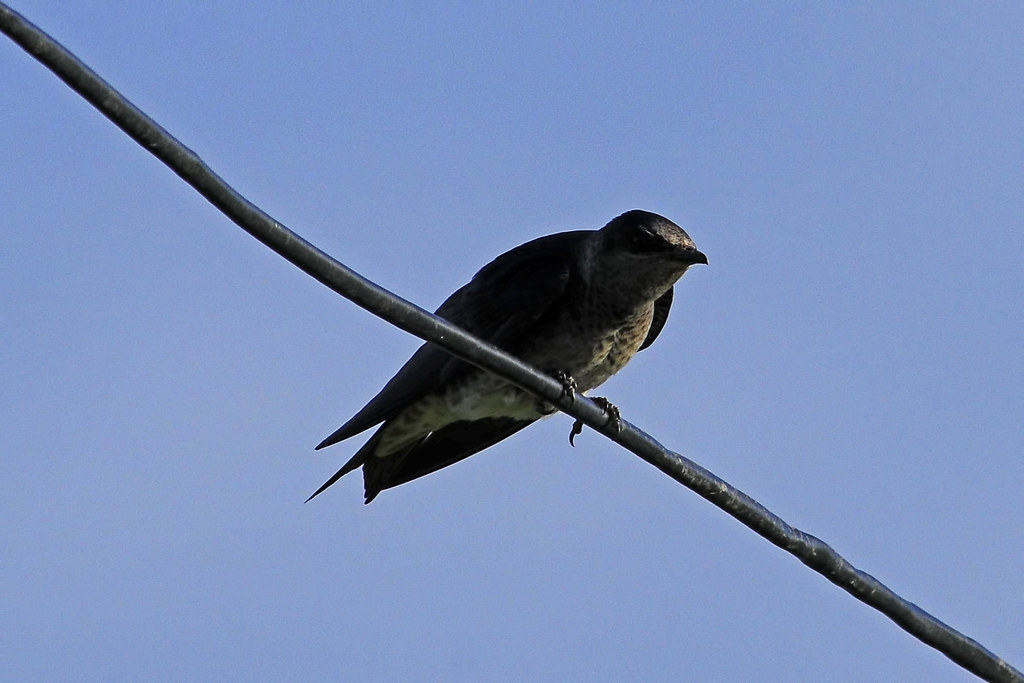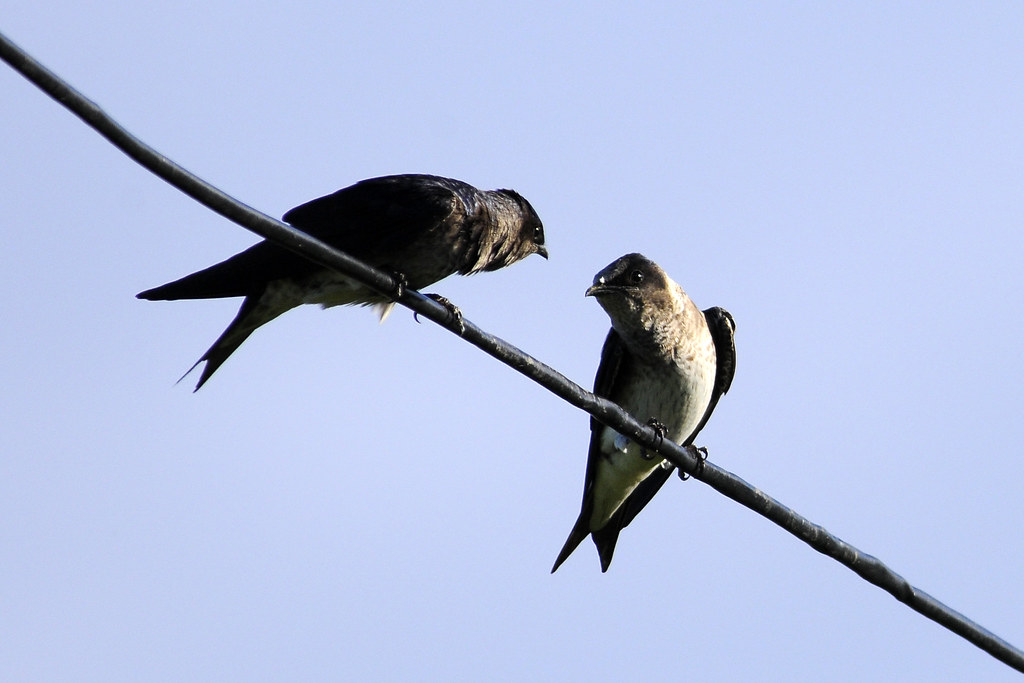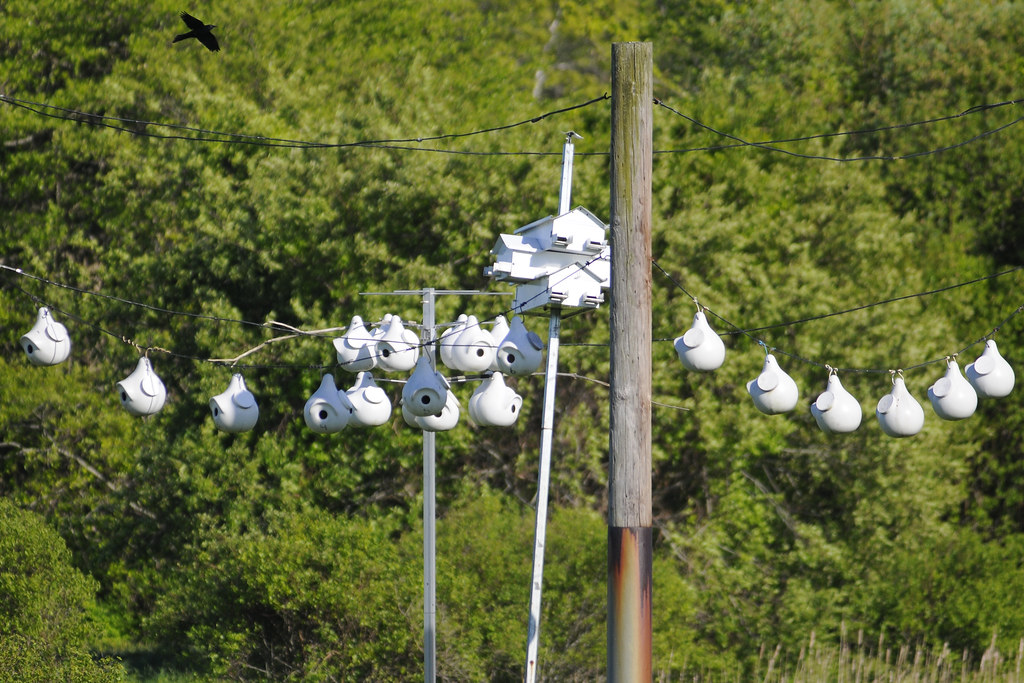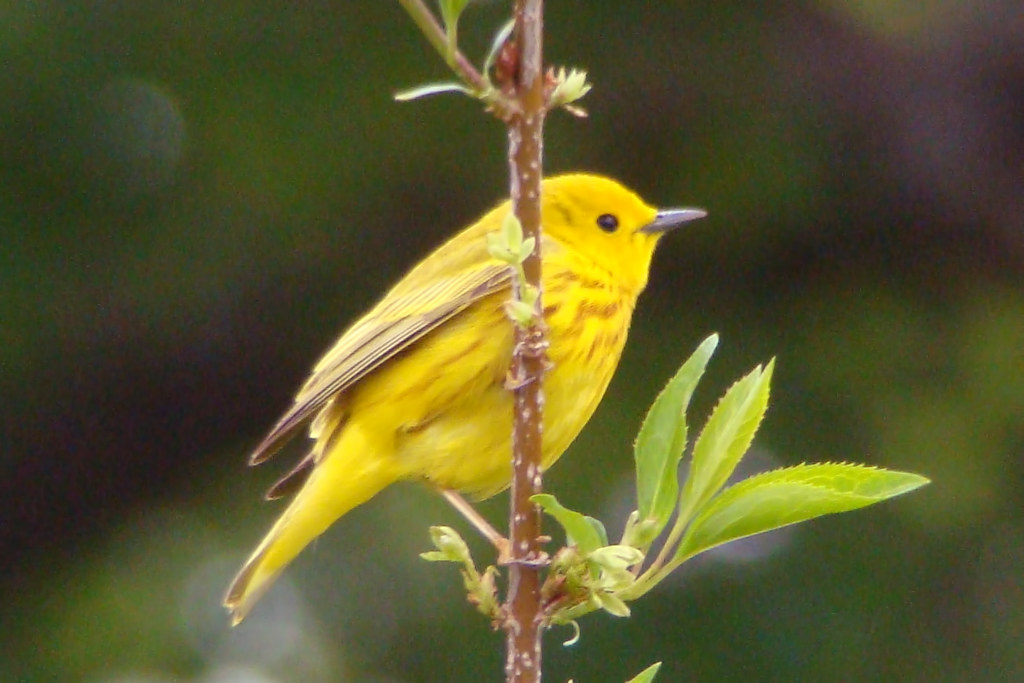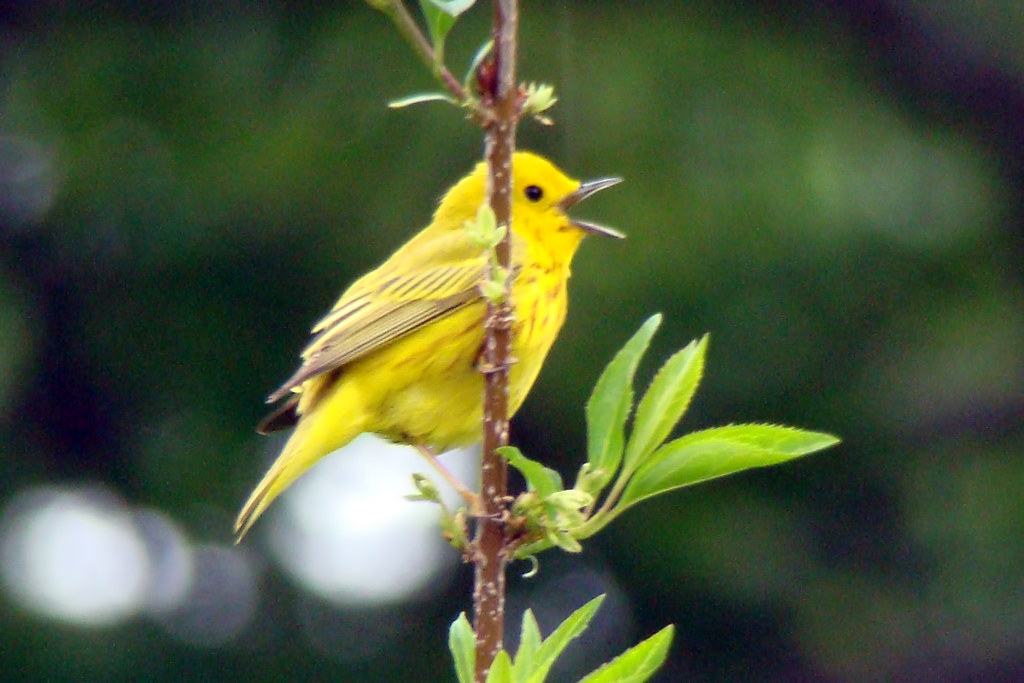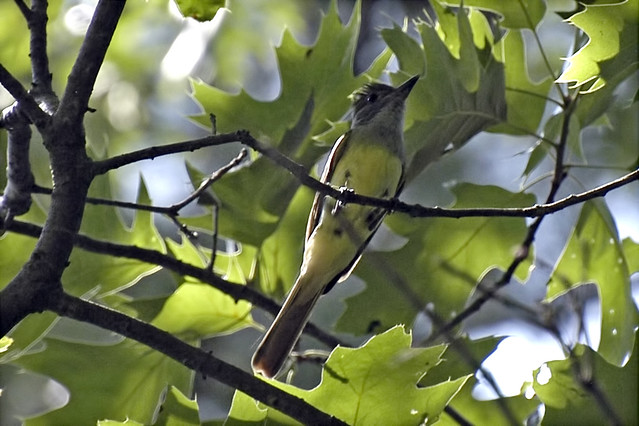
This is a lifer for me! When we were in Concord last weekend we spotted a big yellow bird in the trees above. At first we only saw the belly, and I had no clue what it was.
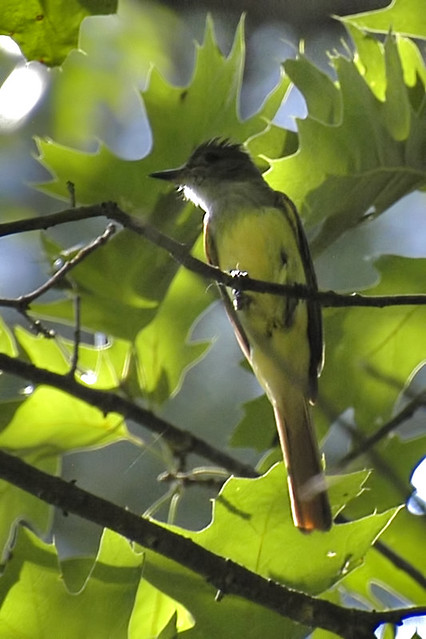
When it moved to a different branch, we got a good look at it, but I was still was baffled. It looked like a flycatcher, but much larger (and much yellower)than I expected a flycatcher to be. An expert would have known immediately, but I have never been one to look high in the treetops. My eyesight isn't that good! In my defense, however, I offer a description from The Cornell Lab of Ornithology "All About Birds" website, which says the bird is a "treetop hunter of deciduous forests and suburban areas, the Great Crested Flycatcher is easier to hear than to see."

Great crested flycatchers build large nests in natural cavities or excavations made by other species. They build a bulky nest, and therefore prefer deep cavities. Before constructing a nest, they will generally fill a deep cavity with trash to a level of 12 to 18 inches from the top. They are known for their habit of including a snake skin in the nest or dangling from the cavity, and if no snakeskin is available they will substitute a piece of plastic. No one knows for sure why they do this, but most likely it is to deter real snakes and other predators. Pretty smart, huh?

